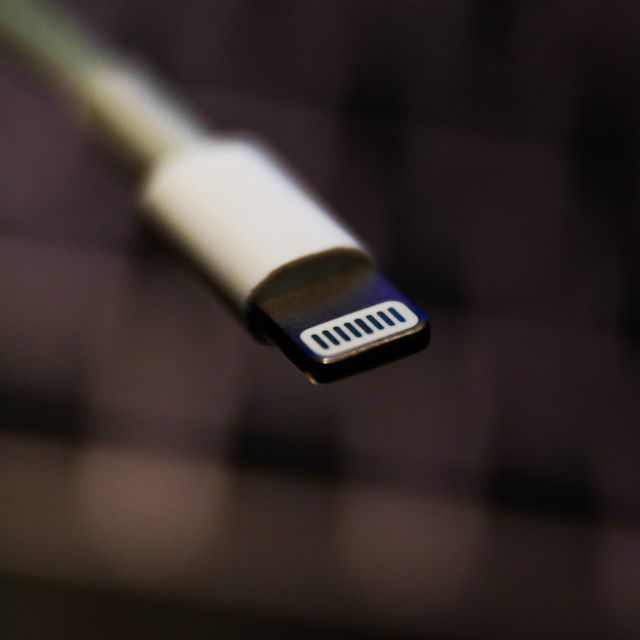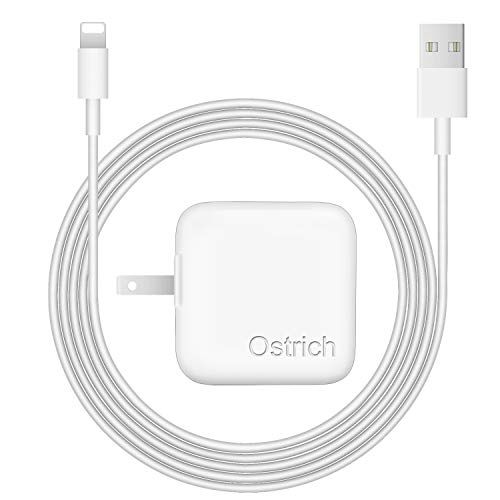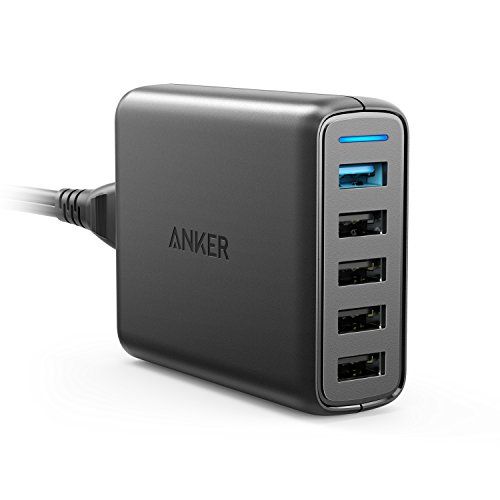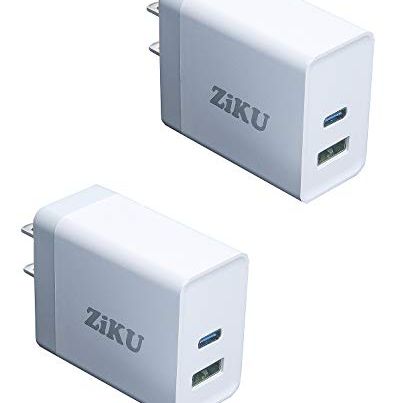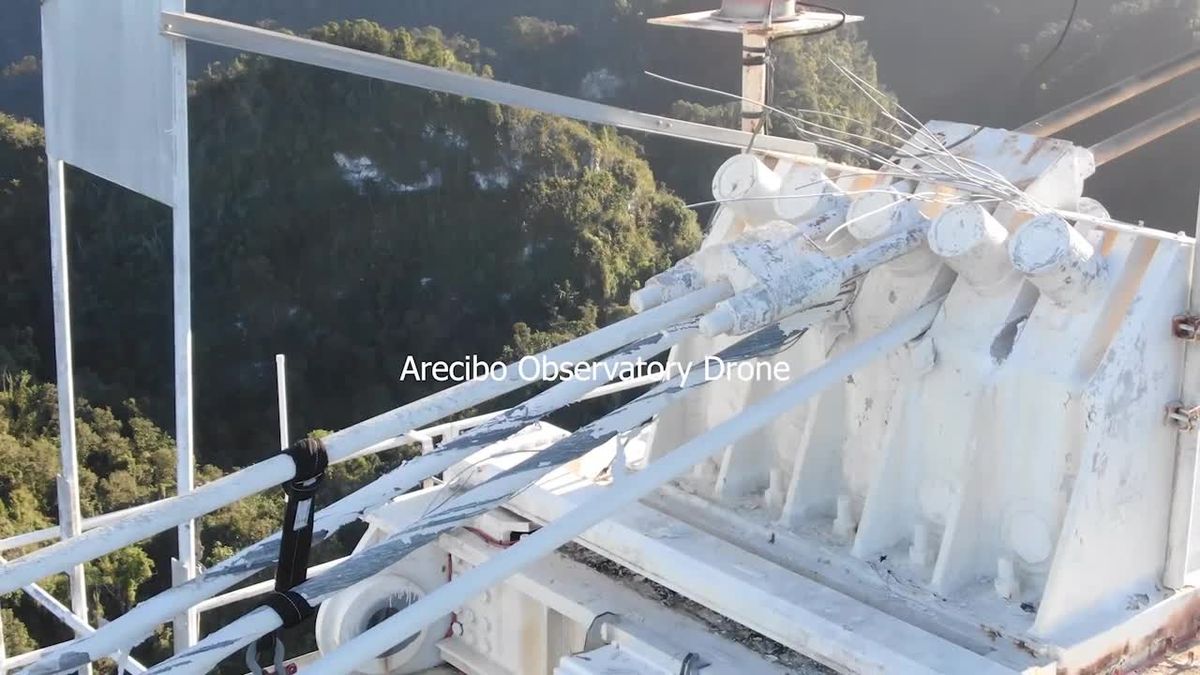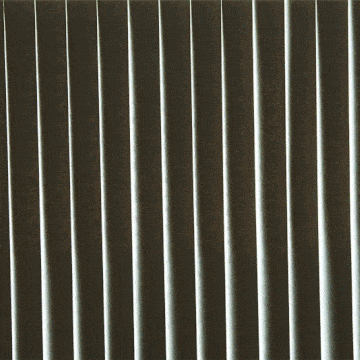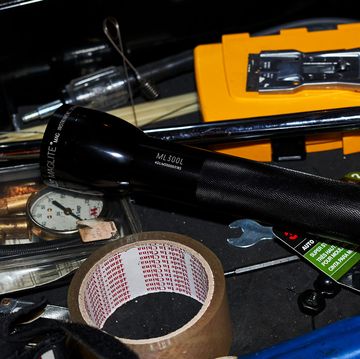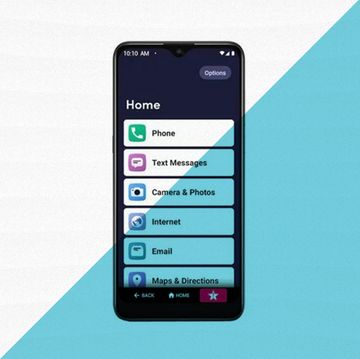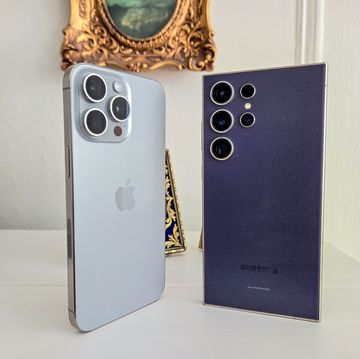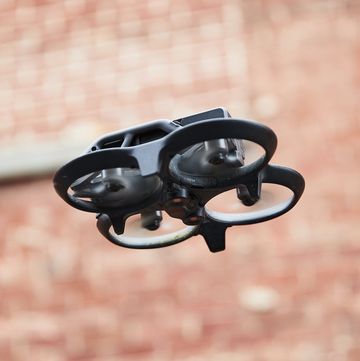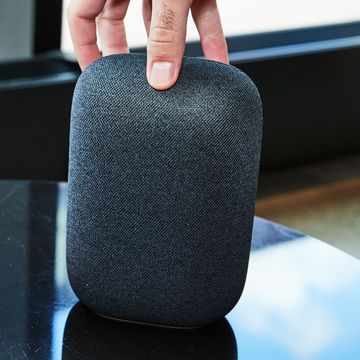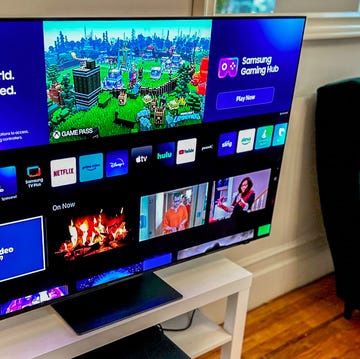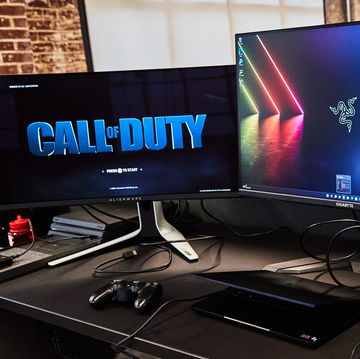It's a common question: Your iPad and iPhone share the same connector, but their power adapters are different sizes and have different wattage ratings. Let's say you're on the go a lot, and you'd prefer not to lug around multiple adapters. Can you use the higher-wattage adapter on both devices?
The short answer: Yes, you can. And if you want a faster charge, we encourage it. Apple explicitly approves of using its chargers across all devices that accept Lightning cables. That’s because modern electronics have systems to ensure they draw the appropriate amount of power—enough to charge quickly, but not too much that it’ll damage the device. At least not immediately.
Anecdotally (and with confirmation from Apple), iOS devices charge much, much more quickly with a higher-watt wall brick. If you have an iPad Pro, and you charge it with the 29-watt MacBook USB-C charger, it’ll fuel up in half the time compared to the iPad’s included 12-watt charger.
The difference between either of those chargers and the 5-watt charger that comes with an iPhone will be just as dramatic. That’s because the difference between the iPhone and iPad adapters is the rated amperage. An iPad charge brick is rated to handle 2.1 amps, while the smaller iPhone charger is rated for just 1 amp.
But the amperage rating is only a measure of the charger’s maximum capability. The actual amperage is determined by the load (i.e., the iPad or iPhone). According to Steve Sandler, founder and chief technical officer of the electronics analysis company AEi Systems, modern battery-powered electronics have a lot of complexity between the charger and the battery, including battery-charging circuits within the device and battery-protection circuits in the lithium-ion battery itself.
These circuits are designed to manage the flow of electricity to the battery, and if the circuits inside the iPhone were designed to tolerate 1 amp, but are routinely exposed to 2 amps, that could stress the system over time.
"Even though you may not instantaneously say, 'Wow, I just destroyed my battery!' you may limit its life over the long term," Sandler says, "but you wouldn't know for a year or more."
Our advice: Since Apple claims compatibility between the iPad charger and iPhone, pay for AppleCare (it’s worth it for lots of reasons) and charge your devices with the biggest wall chargers you have. If your battery degrades severely after the first year, make Apple give you a new one.
Now Watch This:
As Editor in Chief, Alexander oversees all of Popular Mechanics’ editorial coverage across digital, print, and video. He has been a science and technology journalist for over 10 years and holds a Master of Arts degree from the Columbia University Graduate School of Journalism. He was previously Technology Editor for Popular Mechanics and before that, a contributor to publications including the Wall Street Journal, Wired, Outside, and was a product tester and reviewer for The Wirecutter. He has been called on to appear on live and taped broadcast programs including Today and programs on MSNBC. He lives in Pennsylvania and rides a 2012 Triumph Street Triple R motorcycle.
